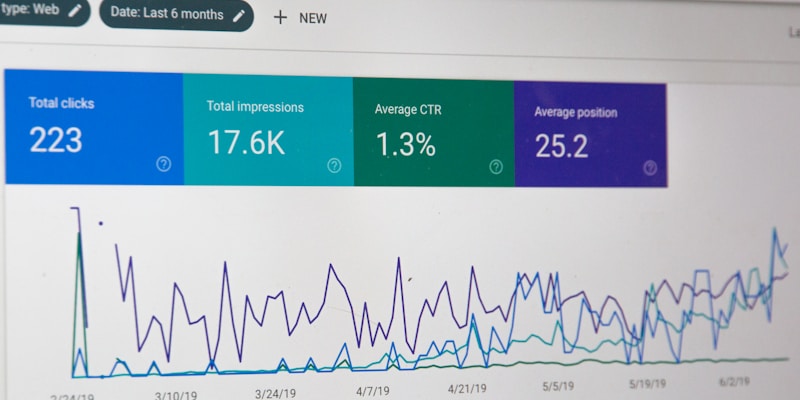Smart Home Technology: Boosting Property Value in the Digital Age
The integration of smart home technology has evolved from a luxury to an expectation in today's real estate market. Homebuyers increasingly seek properties equipped with intelligent systems that offer convenience, security, and energy efficiency. Understanding which technologies provide the best return on investment can help both sellers and buyers make informed decisions.
The Smart Home Revolution
Market Trends
85% of homebuyers consider smart home features importantProperties with smart features sell 20% faster on averageSmart homes command 3-5% higher sale pricesMillennial and Gen Z buyers drive demandROI by Technology Category
Different smart home technologies offer varying returns on investment:
High ROI (80-100%+ return)
Smart thermostatsSmart lighting systemsVideo doorbellsSmart locksMedium ROI (50-80% return)
Security systemsSmart garage doorsVoice assistantsSmart irrigationLower ROI (25-50% return)
Smart appliancesAutomated blindsWhole-home automation systemsEssential Smart Home Technologies
Climate Control
Smart Thermostats: Save 10-23% on heating and cooling costsZoned HVAC Systems: Customize temperature by roomSmart Vents: Optimize airflow throughout the homeAir Quality Monitors: Track and improve indoor air qualitySecurity and Safety
Video Doorbells: Monitor visitors and deliveries remotelySmart Locks: Keyless entry with remote accessSecurity Cameras: 24/7 monitoring with cloud storageSmart Smoke Detectors: Send alerts to phones instantlyLighting and Electrical
LED Smart Bulbs: Adjust brightness and color remotelySmart Switches: Control lights from anywhereMotion Sensors: Automatic lighting for efficiencySmart Outlets: Schedule and monitor electrical usageEntertainment and Connectivity
Whole-Home Wi-Fi: Mesh networks for seamless coverageSmart TVs: Streaming and home automation integrationMulti-Room Audio: Synchronized music throughout the homeVoice Assistants: Central control for all smart devicesImplementation Strategies
Start with Basics
Begin with high-impact, low-cost upgrades:
1. Smart thermostat ($200-400)
2. Video doorbell ($150-300)
3. Smart lighting starter kit ($100-200)
4. Smart locks ($150-350)
Gradual Integration
Phase implementation over timeEnsure device compatibilityChoose systems that work togetherPlan for future expansionProfessional vs. DIY Installation
DIY Friendly:
Smart bulbs and switchesPlug-in smart outletsVideo doorbellsBasic security camerasProfessional Installation:
Hardwired security systemsWhole-home automationSmart HVAC integrationComplex electrical workEnergy Efficiency Benefits
Cost Savings
Smart thermostats: $100-200 annual savingsLED smart lighting: 75% less energy than incandescentSmart irrigation: 30% reduction in water usageEnergy monitoring: 10-15% reduction in overall consumptionEnvironmental Impact
Reduced carbon footprintOptimized resource usageIntegration with renewable energySmart grid compatibilityPopular Smart Home Ecosystems
Apple HomeKit
Seamless iOS integrationStrong privacy and securityPremium device ecosystemSiri voice controlGoogle Home
Google Assistant integrationBroad device compatibilityAffordable entry pointsAndroid optimizationAmazon Alexa
Largest smart device ecosystemVoice-first interfaceCompetitive pricingThird-party integrationsSamsung SmartThings
Hub-based systemExtensive device supportLocal processing capabilitiesProfessional monitoring optionsBuyer Preferences by Generation
Millennials (26-41 years old)
Prioritize energy efficiencyWant app-controlled everythingValue security featuresPrefer integrated ecosystemsGen X (42-57 years old)
Focus on practical applicationsInterested in energy savingsWant reliable, proven technologyPrefer gradual adoptionBaby Boomers (58+ years old)
Emphasize safety and securityWant simple, intuitive interfacesValue professional monitoringPrefer traditional aestheticsInstallation and Maintenance Considerations
Planning Phase
Assess current electrical infrastructureConsider internet bandwidth requirementsPlan device placement strategicallyBudget for ongoing subscriptionsMaintenance Requirements
Regular software updatesBattery replacement schedulesNetwork security monitoringDevice compatibility checksCommon Challenges
Wi-Fi dead zonesDevice compatibility issuesSoftware update failuresPrivacy and security concernsFuture-Proofing Your Investment
Emerging Technologies
AI-powered home managementAugmented reality interfacesBiometric access controlsHealth monitoring systemsStandards and Protocols
Matter/Thread compatibility5G connectivity preparationEdge computing integrationSustainable technology focusMaking Smart Choices
Before Buying
Research compatibility requirementsRead professional reviewsCheck warranty and supportConsider long-term viabilityInstallation Tips
Start with a planTest everything thoroughlyDocument system configurationsTrain all household membersMaximizing Value
Keep systems updatedMaintain documentationConsider professional certificationHighlight features in listingsConclusion
Smart home technology represents a significant opportunity to enhance property value while improving daily life. The key is selecting technologies that align with buyer preferences, provide genuine utility, and offer strong returns on investment.
As the technology continues to evolve, properties equipped with thoughtfully integrated smart systems will increasingly command premium prices and attract quality buyers. Whether you're preparing to sell or simply want to modernize your home, smart home investments can provide both immediate benefits and long-term value appreciation.
The future of real estate is smart, connected, and increasingly automated. By understanding and embracing these technologies, property owners can position themselves advantageously in an evolving market.

